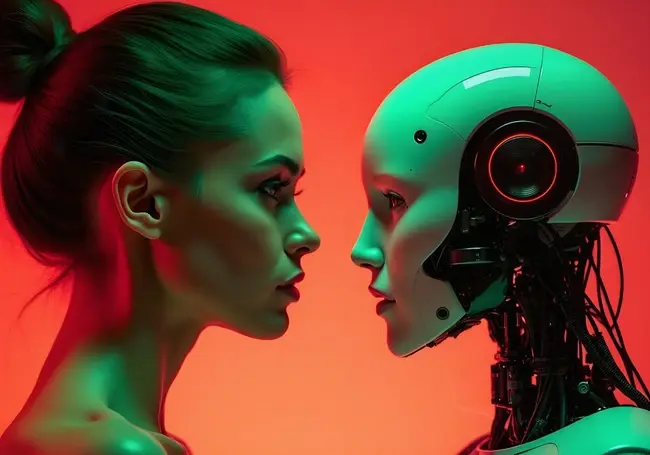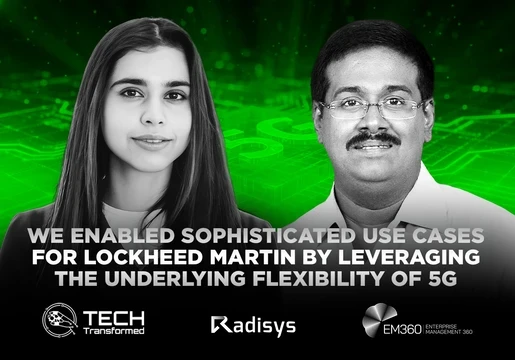Tech billionaires like Elon Musk have long been advocates for transhumanism citing a goal “to achieve a symbiosis with artificial intelligence".
One of his many companies, Neuralink, aims to take the first steps towards true transhumanism by implanting a human brain with a chip that will allow humans to communicate and control computers by thinking. The first human with the Neuralink brain chip has seemingly made a full recovery and can play a virtual game of chess using only their thoughts.
While Neuralink focuses on brain-computer interfaces, transhumanism explores a broad range of technologies aimed at enhancing and extending the human experience.
Transhumanism promises a radical future, but what does it really mean, and how close are we to achieving it? We break down the key concepts and current progress in this comprehensive guide.

What Is Transhumanism?
Transhumanism is a movement that supports the idea that we can use technology to improve humans beyond natural limits.
This includes everything from making us stronger and smarter to even expanding our lifespans. The core goal is to transcend human limits like aging, disease and even death, in a technologically driven faux evolution.
They aim to achieve this through the development and focus on technologies like genetic engineering to eliminate disease, nanotechnology to repair cellular damage, cryonics to preserve bodies for future revival and artificial intelligence to better understand and reverse the aging process.
Some transhumanists take this as far as believing the end goal of transhumanism and human enhancement through technology should be complete immortality.
How Close Are We To Transhumanism?
How close we are to transhumanism remains debatable
AI giants have made it clear that their shared end goal is artificial general intelligence, which many consider to be a significant catalyst to transhumanism.
OpenAI state that their mission ‘is to ensure that artificial general intelligence (AGI)—by which we mean highly autonomous systems that outperform humans at most economically valuable work—benefits all of humanity. We will attempt to directly build safe and beneficial AGI, but will also consider our mission fulfilled if our work aids others to achieve this outcome.’
Meta’s Founder and CEO, Mark Zuckerberg acknowledged the race for artificial general intelligence, stating “In order to build the products that we want to build, we need to build for general intelligence. I think that’s important to convey because a lot of the best researchers want to work on the more ambitious problems.”
In terms of genetic engineering, massive advancements have been made. Clinical trials are already underway for treatments of genetic diseases like sickle cell anemia and cystic fibrosis.
Brain-Computer interfaces also represent a significant leap towards a transhumanism vision of the future. The first human patient implanted with the Neuralink brain chip has seemingly made a full recovery and can now control a computer mouse using their thoughts.
Do We Need Transhumanism?
Key debate points often center on whether transhumanist goals are a luxury or a necessary investment in the future of humanity.
The pursuit of transhumanism is far from a theoretical concept. Significant strides across industries like artificial intelligence and genetic engineering make the vision clearer year upon year. However, we are still a long way from a transhumanist future.
There are also central ethical concerns that must be addressed as we take steps towards a transhumanist future. Many visions of transhumanism exacerbate existing social inequalities. Many believe that there are more pressing, immediate issues that must be addressed before you we should focus significant scientific attention on the urgent needs of the present.
Radical life extension may disrupt ecological balance or create overpopulation issues that won't be solved in a matter of a few generations.
If humans are significantly enhanced or merged with machines, traditional definitions of "human" become obsolete.n Questions arise about personhood, rights, and legal status for post-humans or AI entities.
Critics argue that transhumanism represents an overreaching attempt to "play God" and control human evolution. They express concerns about the potential for unintended consequences and the loss of essential humanity.
Bioconservatives emphasize the importance of preserving human nature and respecting biological limits.
There is a need for robust ethical guidelines to govern the development and use of transhumanist technologies. These technologies, though in early experimental phases, are in progress and guardrails must be put into practice. Regulatory frameworks must address issues like informed consent, safety standards, and potential misuse.







Comments ( 0 )